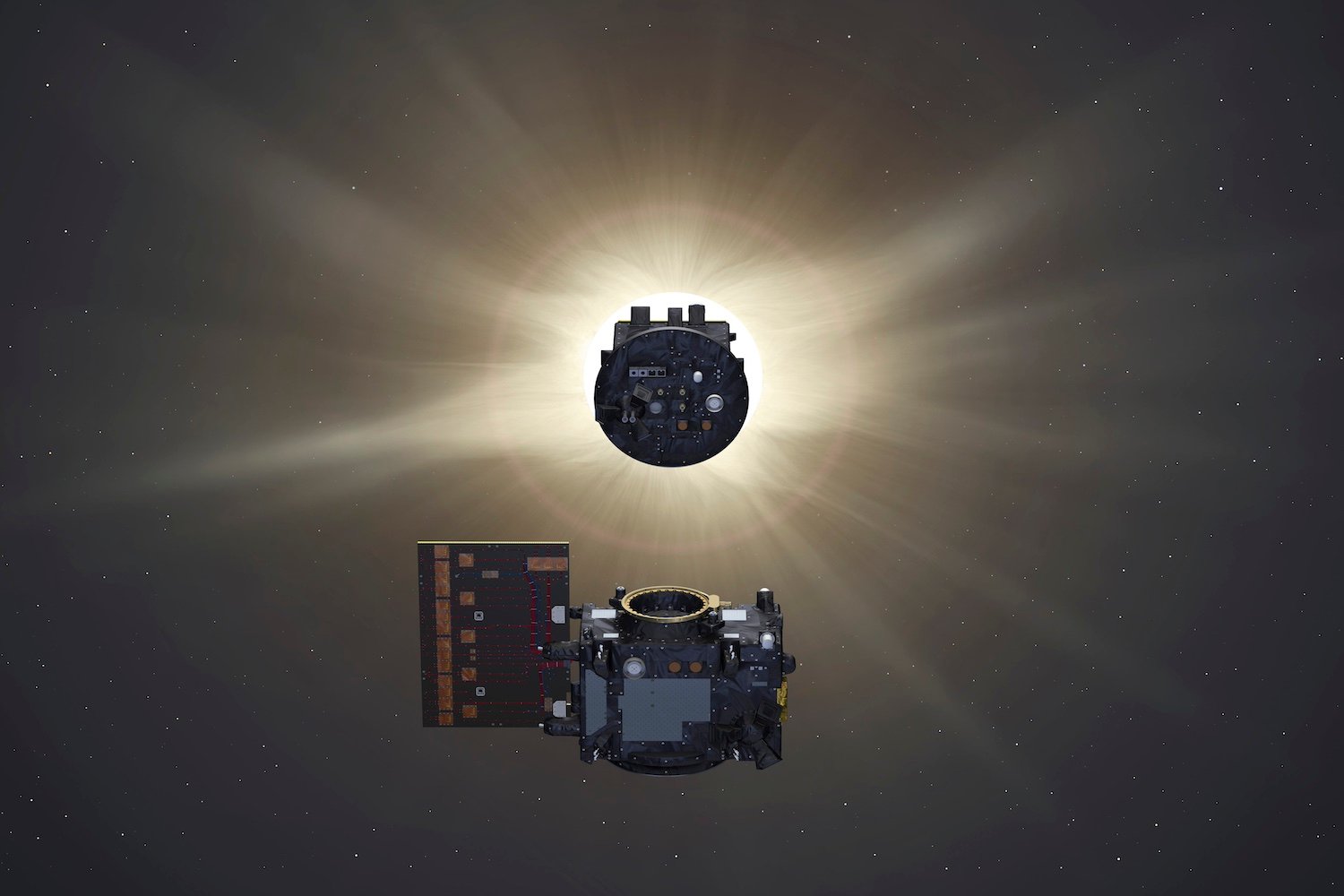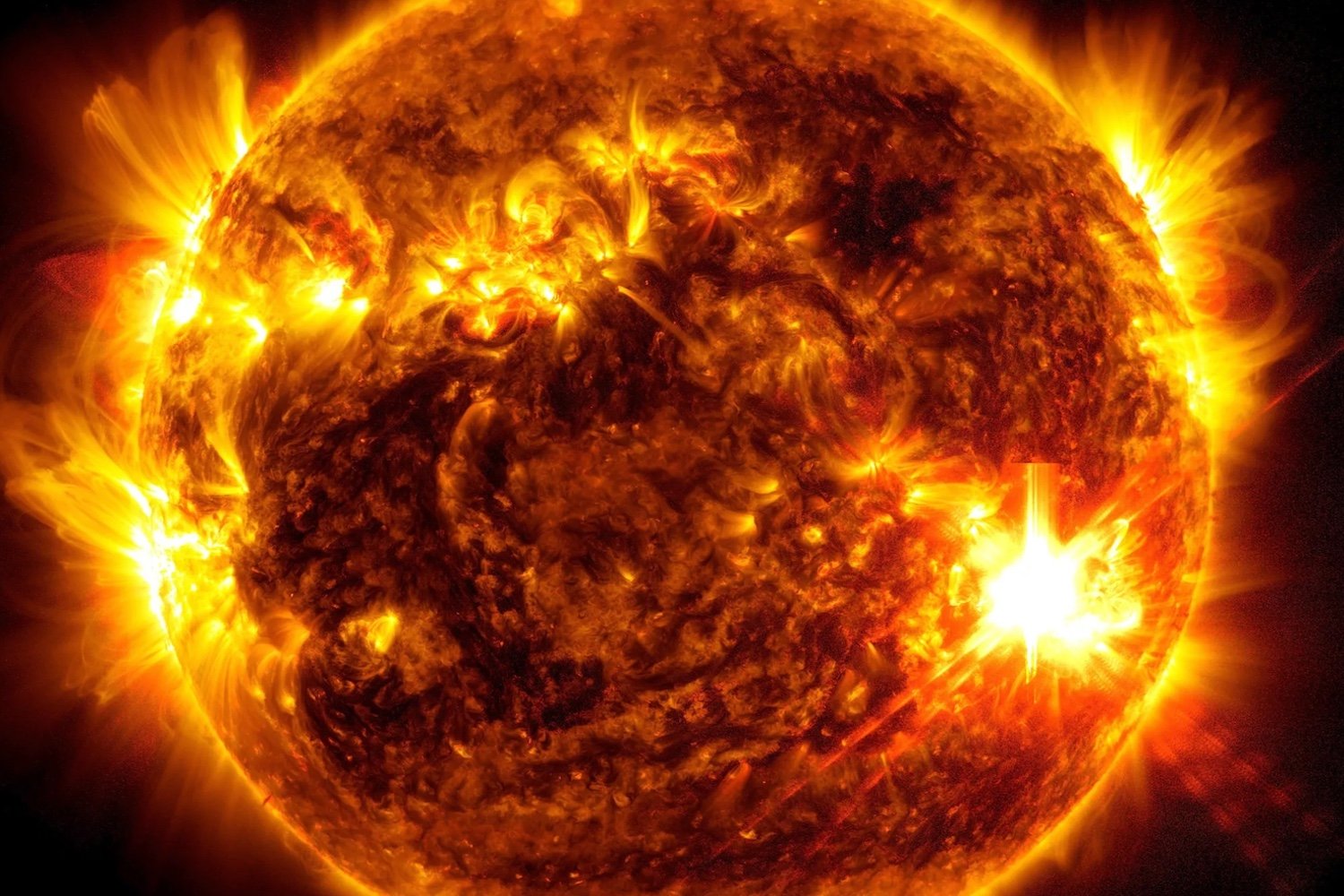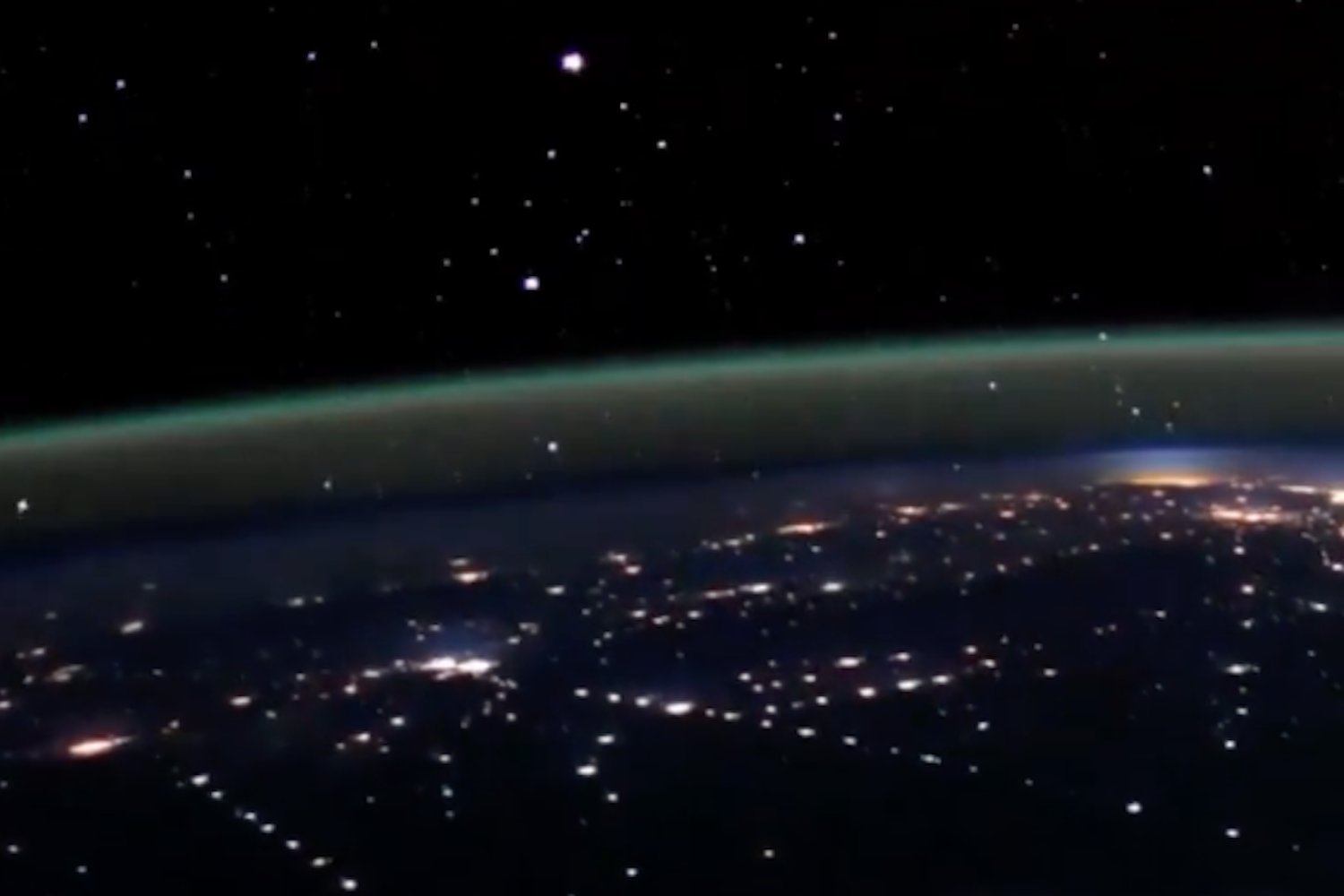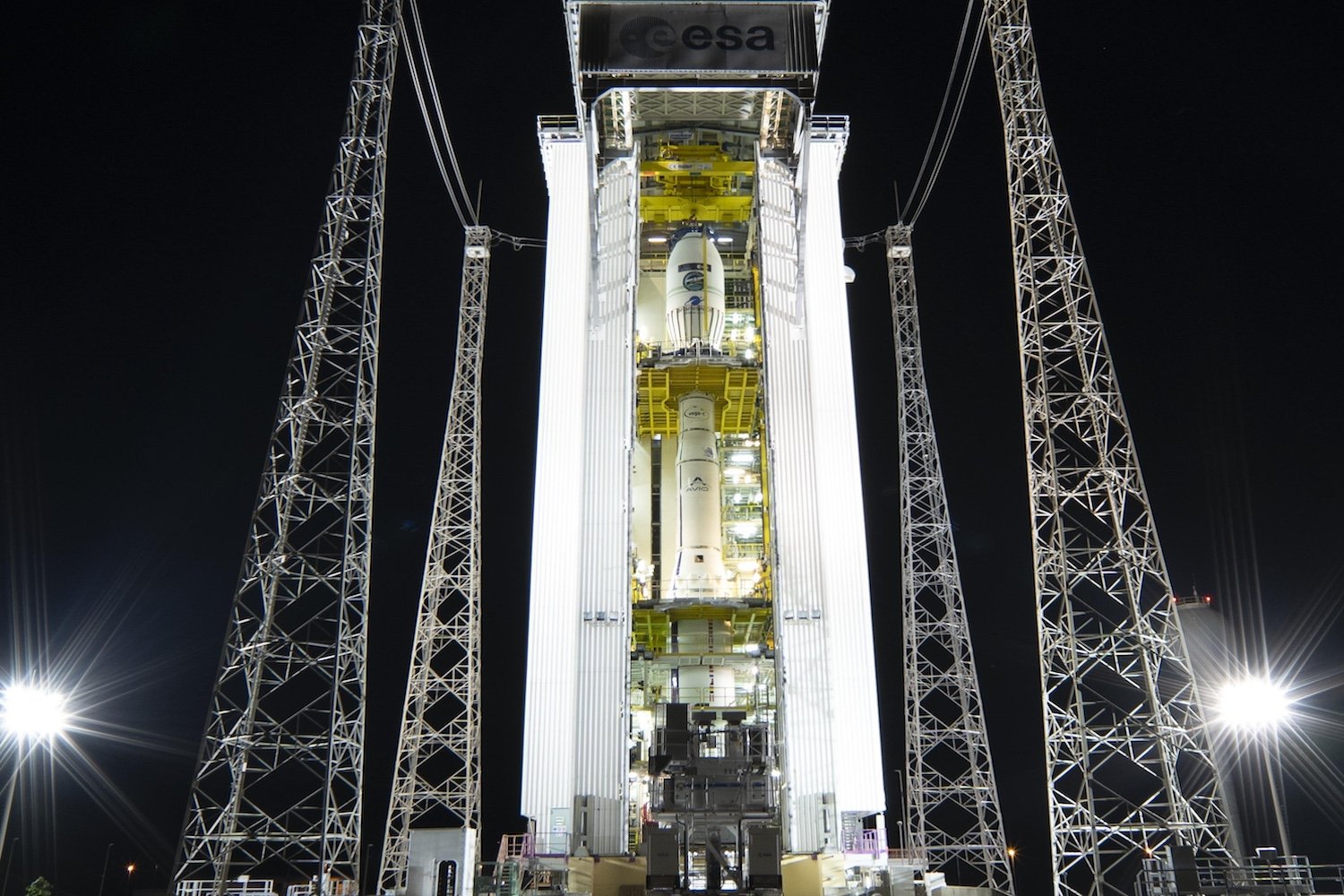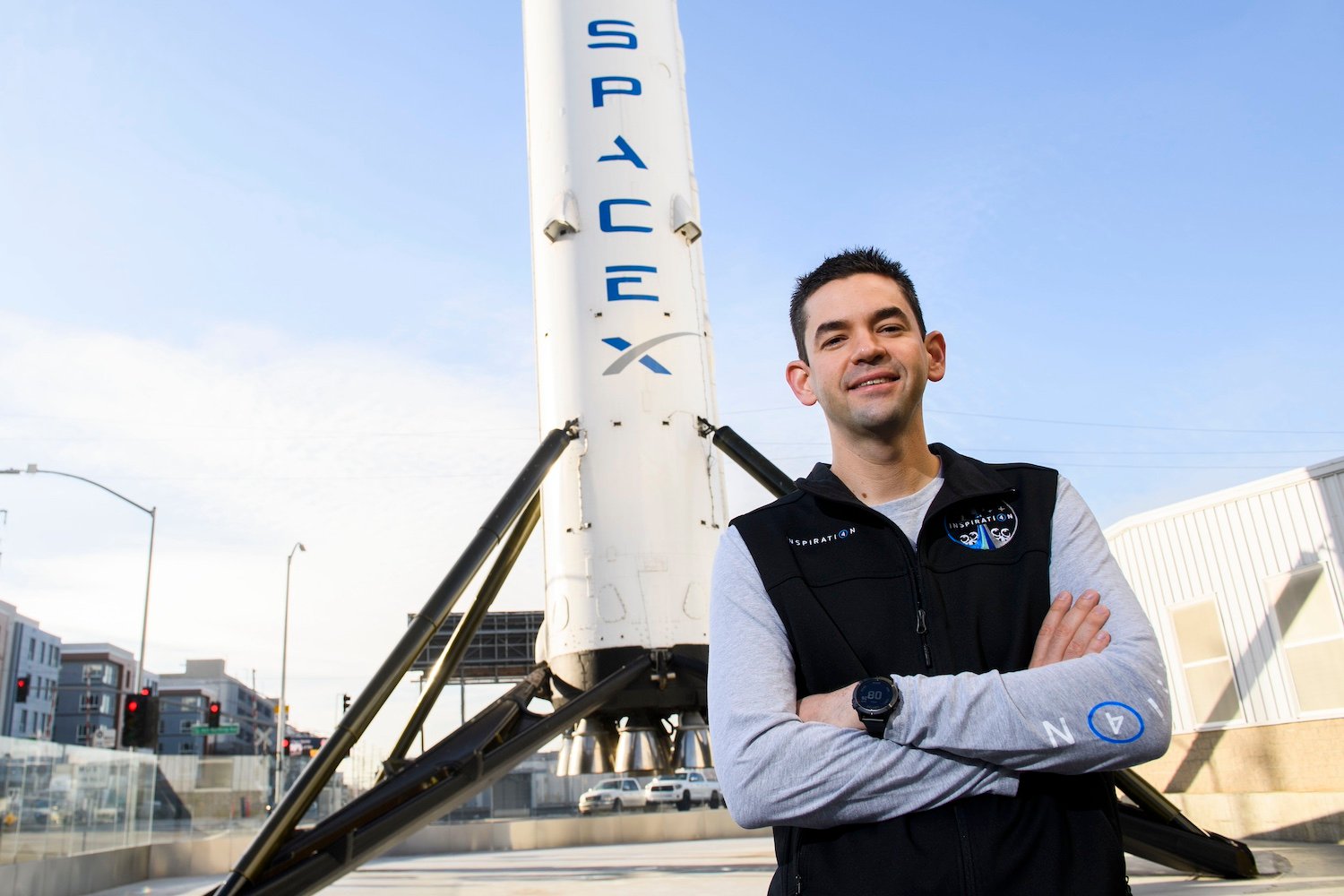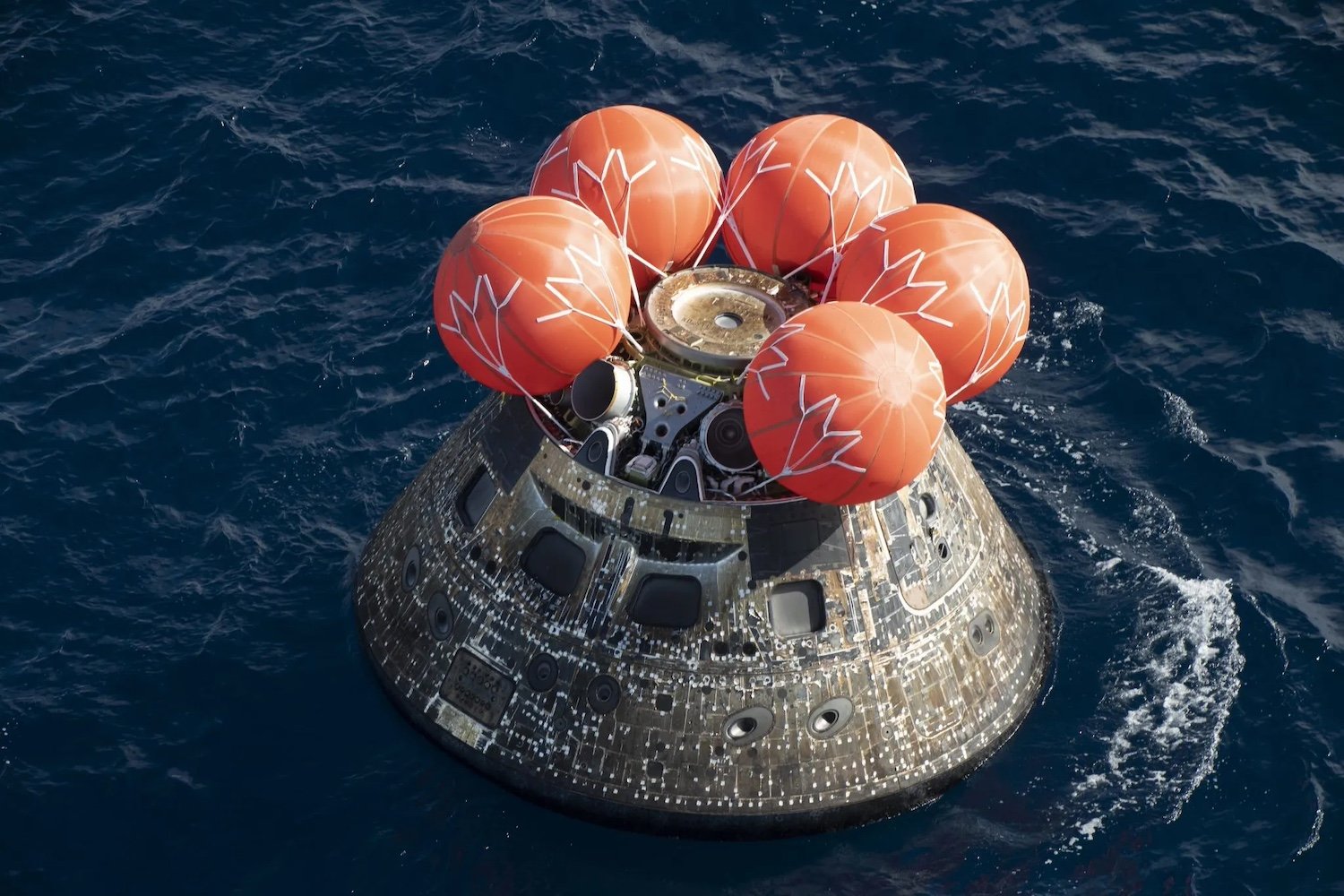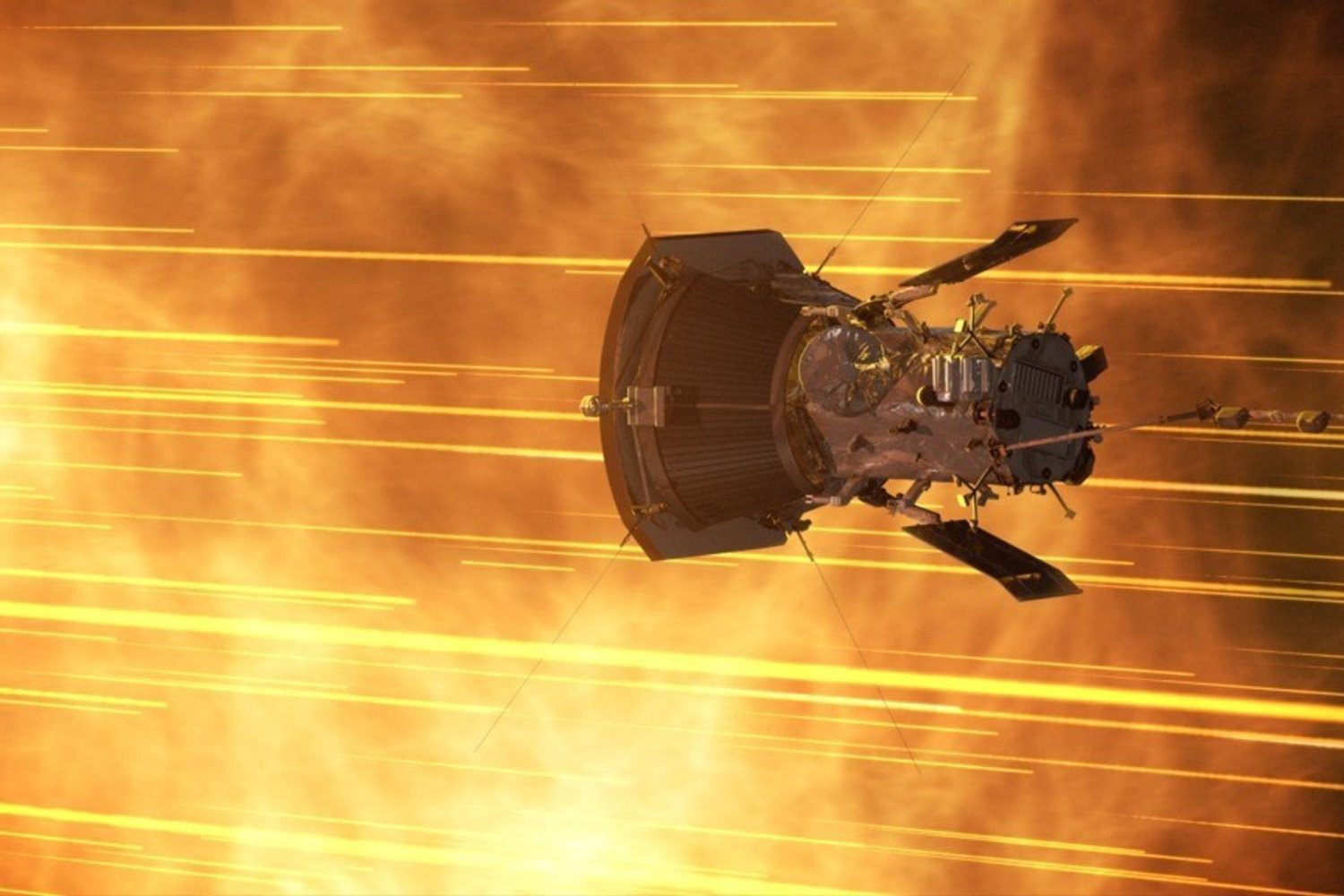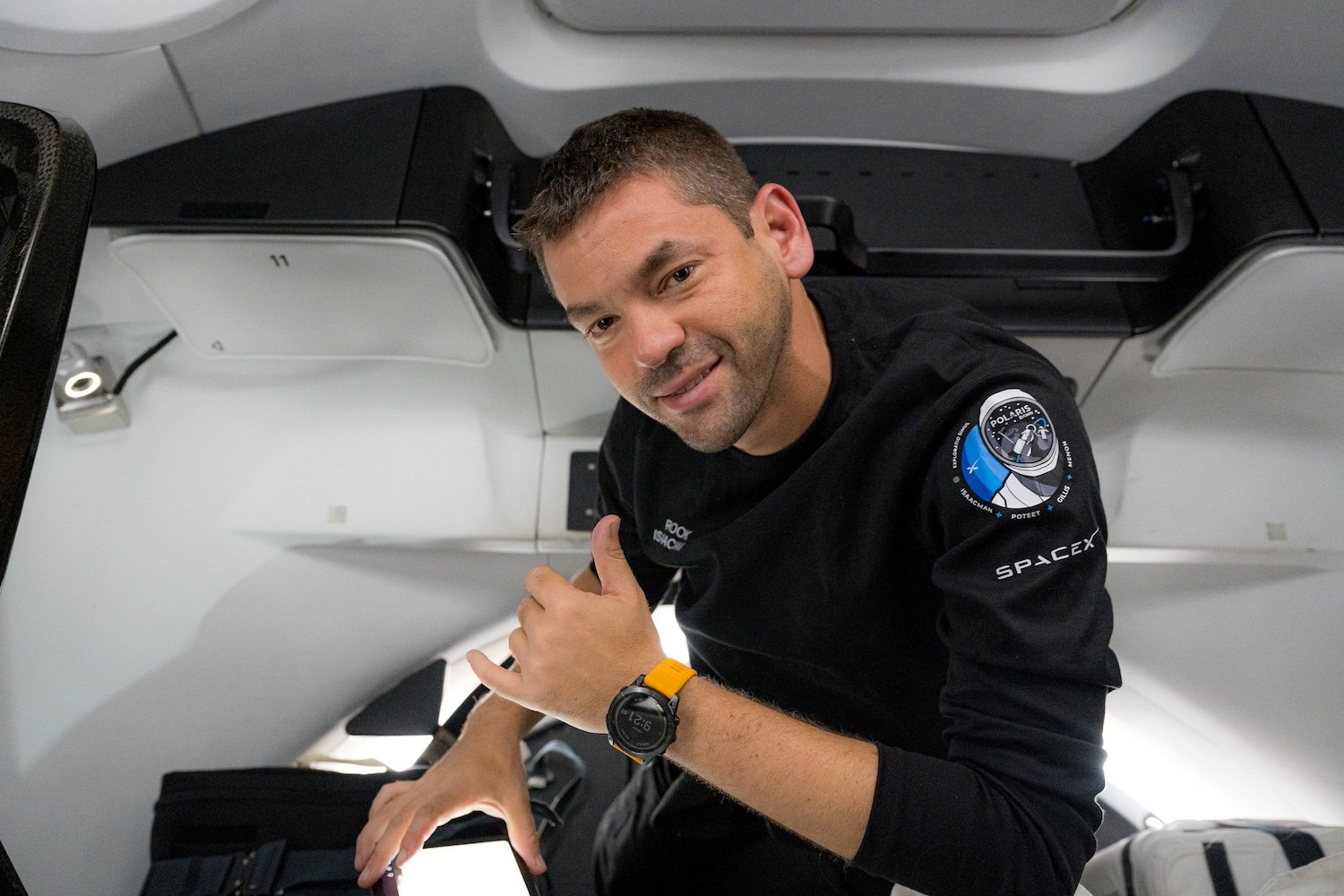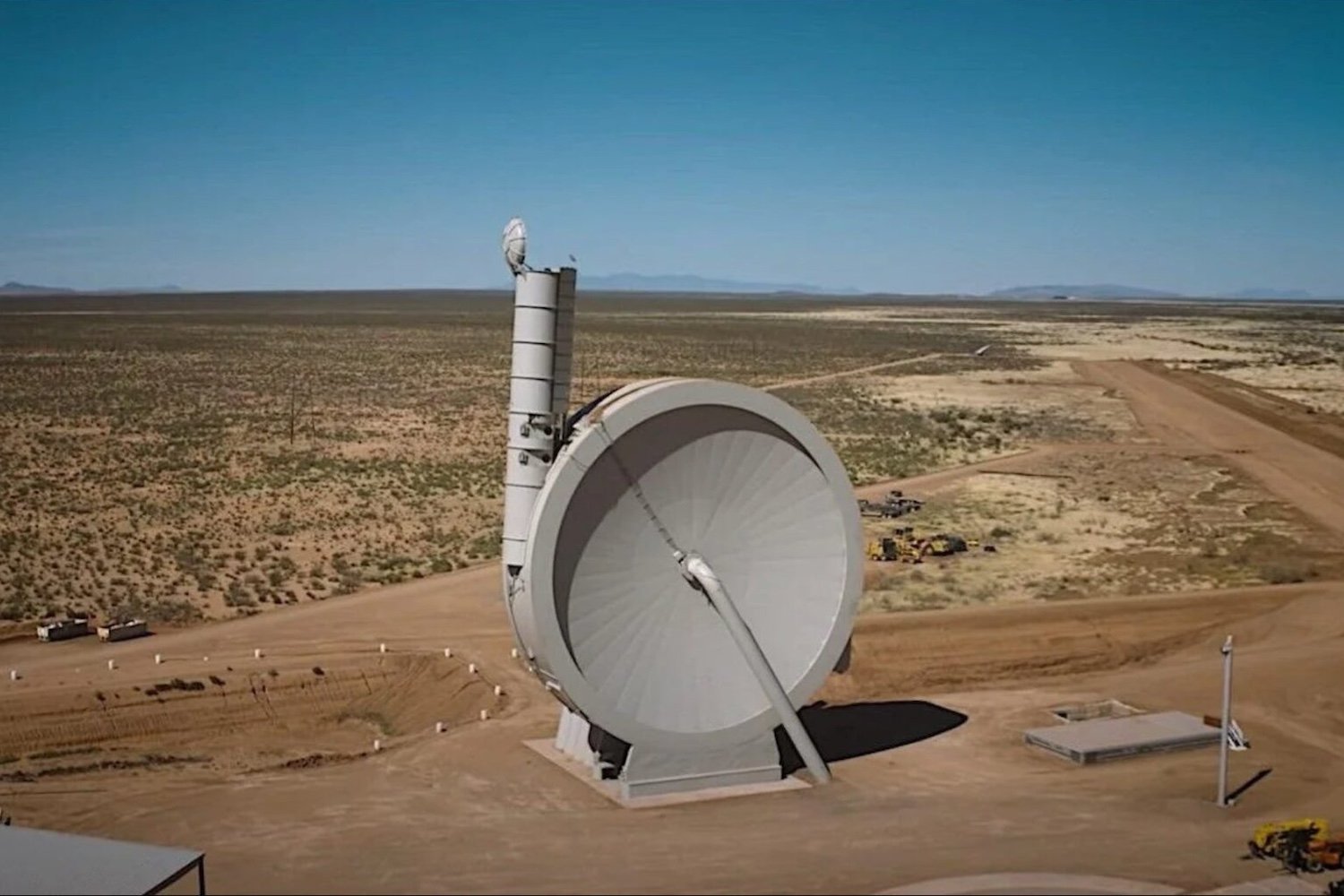Every 18 months, a total solar eclipse offers a fleeting glimpse of the Sun’s corona, its outermost atmospheric layer. This ephemeral event provides valuable insights for scientists. Now, the European Space Agency (ESA) is poised to replicate this natural phenomenon with Proba-3, a groundbreaking mission launching on Wednesday at 5:38 a.m. ET. This dual-satellite system will create an artificial eclipse, unveiling the Sun’s corona for extended observation.
Proba-3 will lift off from the Satish Dhawan Space Centre in Sriharikota, India, aboard the Indian Space Research Organization’s (ISRO) PSLV-XL rocket. Live coverage will be available on ESA Web TV and the ISRO broadcast.
The Dance of Two Satellites
Eighteen minutes after launch, the two Proba-3 satellites will separate, embarking on a meticulously choreographed formation flight. Maintaining a precise distance of 492 feet (150 meters) – accurate to within a millimeter – is crucial for the mission’s success. This intricate dance in space transforms the two satellites into a single, giant virtual telescope.
“Proba-3 is unique,” explains Damien Galano, Proba-3 mission manager. “Our satellites will fly just one and a half football fields apart, maintaining their relative positions with millimeter precision for six hours at a time.” This precise positioning enables one satellite to cast a controlled shadow onto the other, blocking the Sun’s glare and allowing the equipped satellite to observe the corona.
Orbiting Efficiency
This formation flying occurs at the apex of Proba-3’s elliptical orbit, roughly 37,282 miles (60,000 kilometers) from Earth. This distance minimizes Earth’s gravitational influence, reducing fuel consumption for positional adjustments. “Early simulations revealed excessive thruster adjustments would deplete propellant quickly, ending the mission in about half an hour,” says ESA’s Frederic Teston.
Proba-3’s 19-hour, 36-minute orbit includes a six-hour observation window at its highest point. The elliptical path, approaching as close as 372 miles (600 kilometers) to Earth, minimizes fuel expenditure during maneuvers. While a Lagrange point location would be ideal, Proba-3’s budget constraints necessitated this alternative.
Unraveling the Corona’s Mysteries
The Sun’s corona, a million times fainter than the Sun itself, extends millions of miles into space, harboring a central solar mystery. Despite being further from the Sun’s core, the corona reaches temperatures of 2 million degrees Fahrenheit (1 million degrees Celsius), significantly hotter than the Sun’s surface. Understanding this temperature discrepancy is a key scientific objective.
Beyond its temperature enigma, the corona drives solar wind and coronal mass ejections, crucial components of space weather. Charged particles escaping the corona can impact orbiting satellites and terrestrial communication systems, making coronal research vital.
The Proba Legacy
Proba, derived from the Latin for “let’s try” and also standing for PRoject for OnBoard Autonomy, represents ESA’s commitment to low-cost, small satellite missions testing innovative spaceflight technologies. Proba-3 follows three predecessors, including Proba-2, launched in 2009 and still operational, exceeding its planned two-year mission.
Proba-3’s two-year lifespan is limited by propellant for its cold gas thrusters, which fire every 10 seconds during formation flying. Despite its small size, Proba-3 holds immense promise. Andrei Zhukov, principal investigator of Proba-3’s main instrument, remarks, “Proba-3 initially seemed like science fiction, but its real-world design will deliver exceptional science.”



